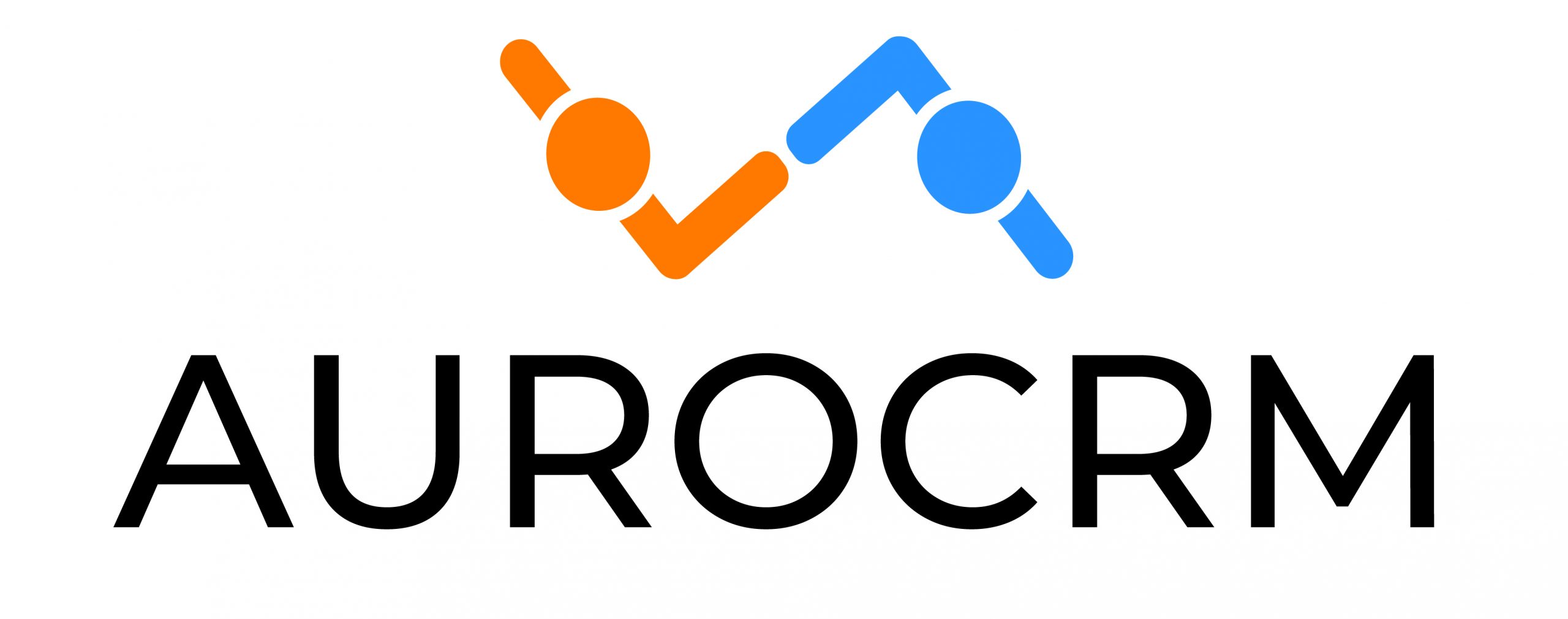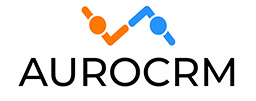Every business has become data-driven now, and retail businesses are no exception (could be physical or online or a combination of both). As customers (and leads) interact with your business (online or offline), you can get a steady stream of data points that you can piece together and analyze – when do your customers visit your store, what do they look for, what do they buy, when, and at what price points, how do they feel about a product, when do they reach out for assistance, and how you can keep them satisfied.
Using your CRM system to manage customer data in one place can help you get a 360-degree view of the “buyer’s context, and use these insights to serve them better.
Collecting Customer Data: From Your Store to Your CRM platform
When a customer (or lead) visits your store, you can collect the following types of data over the course of their purchase journey.
- Customer profile: Name, email, phone number, address (Location), birthday, etc.
- Customer purchase behavior: What customers are looking for, what is being purchased (and not being purchased or abandoned), how much is being spent, and how frequently the customer is buying.
- Customer engagement with your brand: Their response to your communication with them over different channels, reviews, feedback, referrals, loyalty programs, etc.
5 Reasons to Use Your CRM to Manage Customer Data
Data points help you construct your purchase funnel, and get a realistic sense of where your users enter, how long they stay, what motivates them to make a purchase decision and conversely, at what points in the funnel do they tend to exit. Armed with these insights, you can optimize your purchase funnel.
If your CRM platform is connected to your retail store, you can manage customer data in one place and bring your marketing, sales, and support teams into play, to respond quickly to user needs, provide assistance, alleviate concerns, and help them make the purchase decision with confidence.
Here are a few pointers.
1. Recover more abandoned carts
According to this SaleCycle report, 75.6 percent of people put products in their online shopping cart only to abandon them before making a buy.
Your Retail CRM software can help you nudge your customers to walk the last mile – from cart to purchase.
- Multi-channel automated workflows: Reach out to customers on their channels of preference email, text/SMS, messaging, browser notifications, app notifications, chatbots, etc.
- Real-time conversations: Sometimes, customers need to converse with a real person before they can make up their minds. Your Retail CRM software can help you reach out to your customers in real-time.
- Find abandonment patterns: You can also analyze user behavior (single user or patterns across multiple users), based on the questions your users ask you and your interactions with them. What are the reasons for cart abandonment? Pricing, day/time of purchase, product information, product variants, customer reviews? Your CRM can help you find problem areas and test solutions, and the best ones can be rolled out across your store.
2. Improve your product offering
Some of the best ideas for product improvements come from your customers.
You just need to listen to them and check in with them frequently, and your CRM is the ideal platform to manage customer data and dip into these inputs.
- Social media connect: Keep a tab on brand mentions on social media. Once you have the data, you may use sentiment analysis to determine whether a product is liked, or disliked, or trending! You can also respond quickly to establish a strong brand connection.
- Customer reviews: Ask your customers to rate and review your product. Use this as a context to get more specific feedback and ideas to improve your product.
- Customer queries and FAQ: Analyse customer queries that come to you on various channels as well as the FAQS on your website that are frequently clicked. If a question is being asked by a lot of users, it indicates a gap in product design or content, so tweak your product to address the gap.

Fully customizable Ecommerce CRM software
Comes with prebuilt out-of-the-box integrations with Shopify, Magento, and Woocommerce stores
3. Improve your customer service
84 percent of consumers consider customer service to be a key factor when deciding whether to purchase, and only three percent say it’s unimportant (The Zendesk Customer Experience Trends 2019).
How do retail customers perceive the quality of service that your brand offers? You can broadly break it down into the quality of your interactions with them at every stage and touchpoint of their product purchase and usage lifecycle.
- Product discovery: The assistance they get in finding the right product in your store.
- Product purchase: The assistance they get in purchasing a product, at the right price point.
- Product usage: How easy is it for them to use your product, and get queries and issues resolved including possible scenarios where they may need to return a product, get a replacement, or get refunded.
- Product repurchase: How meaningful is your ongoing engagement with them, to command their loyalty to your brand.
Data can help you understand the customer’s context at each of the above stages. If your CRM is set up to manage customer data, you can quickly pull it up at every interaction, or you can use it to set up automated campaigns that are personalized and more meaningful.
In CRM terms, we call this the 360-degree view of a customer. This helps you:
- Respond promptly to a customer’s request for assistance.
- Identify the right person to offer assistance, depending on the customer’s profile (age, gender, new/returning customer, nature of assistance needed- transnational expert, etc.
- Respond on the customer’s channel of preference-email, text, messenger, phone.
- Set up self-help workflows, including FAQs and chat-bots.
- Send personalized marketing campaigns,
- Offer a consistent brand experience across the entire life cycle.
- Get feedback and use it quickly and effectively to improve the customer’s experience.
4. Plan for future demand
Nothing is more frustrating for customers than discovering that a product they desire is not in stock.
All retail stores need to keep an eye on product demand trends.
Some amount of forecasting can be done on the basis of purchase patterns.
- Past order purchases: Compile a list of your customers’ previous purchase frequency to determine when they are most likely to repurchase. Combine the individual forecasts to determine when you should restock.
- Data about seasonality and trends: Collect data from your e-commerce site and other online stores to figure out when buyers are most inclined to buy certain things.
Your Retail CRM can further enrich your understanding of future demand.
- Customers often talk about their future needs when they reach out for assistance or support.
- Listening in and engaging on social media on conversations around specific brands and products can be a great way to identify product needs.
5. Offer personalized product recommendations
Most online stores have a recommended products section, usually populated with popular products, or the ones on which a deal is available.
Also, once a customer selects a product, stores also offer options such as “Customers who purchased this item also purchased these other products”—a good way to upsell and offer package deals.
Sometimes, these options can be irrelevant too. Using a CRM platform to manage customer data, can help you make more personalized recommendations, based on the customer journey and interaction data that offers much deeper insights into what the customer is actually looking for. Here are a few types:
- Provide incentives for regular customers—attractive discounts or credits on signing up for a monthly subscription, or using a prepaid wallet, or EMI options.
- Provide a small number of most relevant options (both upsell and cross-sell) based on the customer profile and conversations. Customers love stores that declutter their buying experience.
- Get deeper insights into customer choices by nudging them to fill surveys or with an engaging questionnaire using a chatbot, and use these insights to provide personalized recommendations.
- Nurture early adopters and evangelists—engage them when you are conceptualizing new products and reward them for talking about your brand in their communities.
Use your Retail CRM as a growth multiplier
Clearly, when you push your customer journey data from your store to your Retail CRM hub and manage data in a single place, you build a rich context to make all your customer interactions more meaningful.
A few things to take care of:
- Build a data-gathering process and pipeline – you will need a CRM system that connects seamlessly to your store and is able to push and pull data.
- Consolidate all your customer information, from multiple channels, and manage customer data in a single place – your CRM platform.
- Build automated workflows wherever possible, and let the CRM software do all the heavy lifting for you.
Empower your customer-facing teams with the context they need to help your customers succeed, get a great experience, and supercharge your business growth!

Fully customizable Ecommerce CRM software
Comes with prebuilt out-of-the-box integrations with Shopify, Magento, and Woocommerce stores

